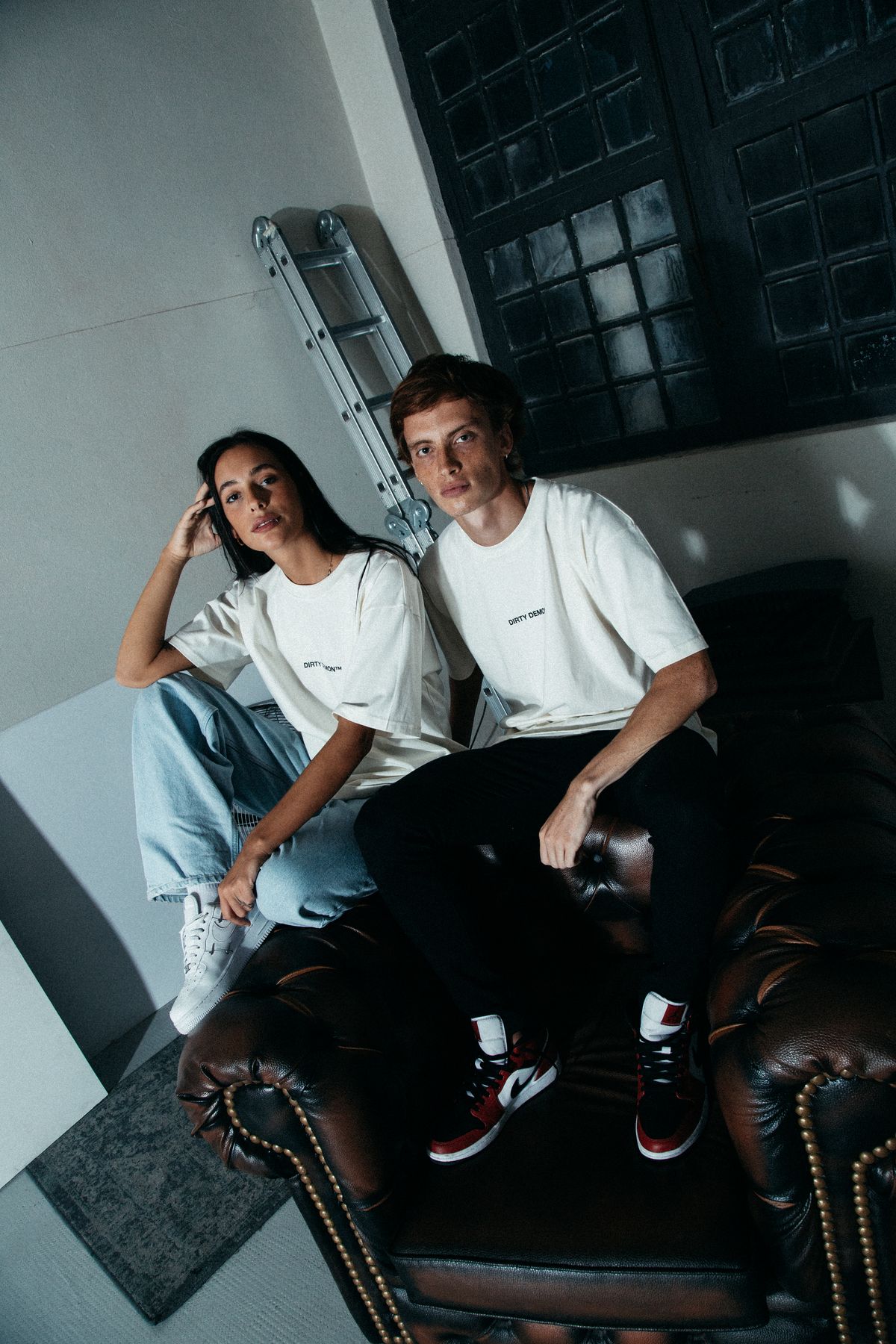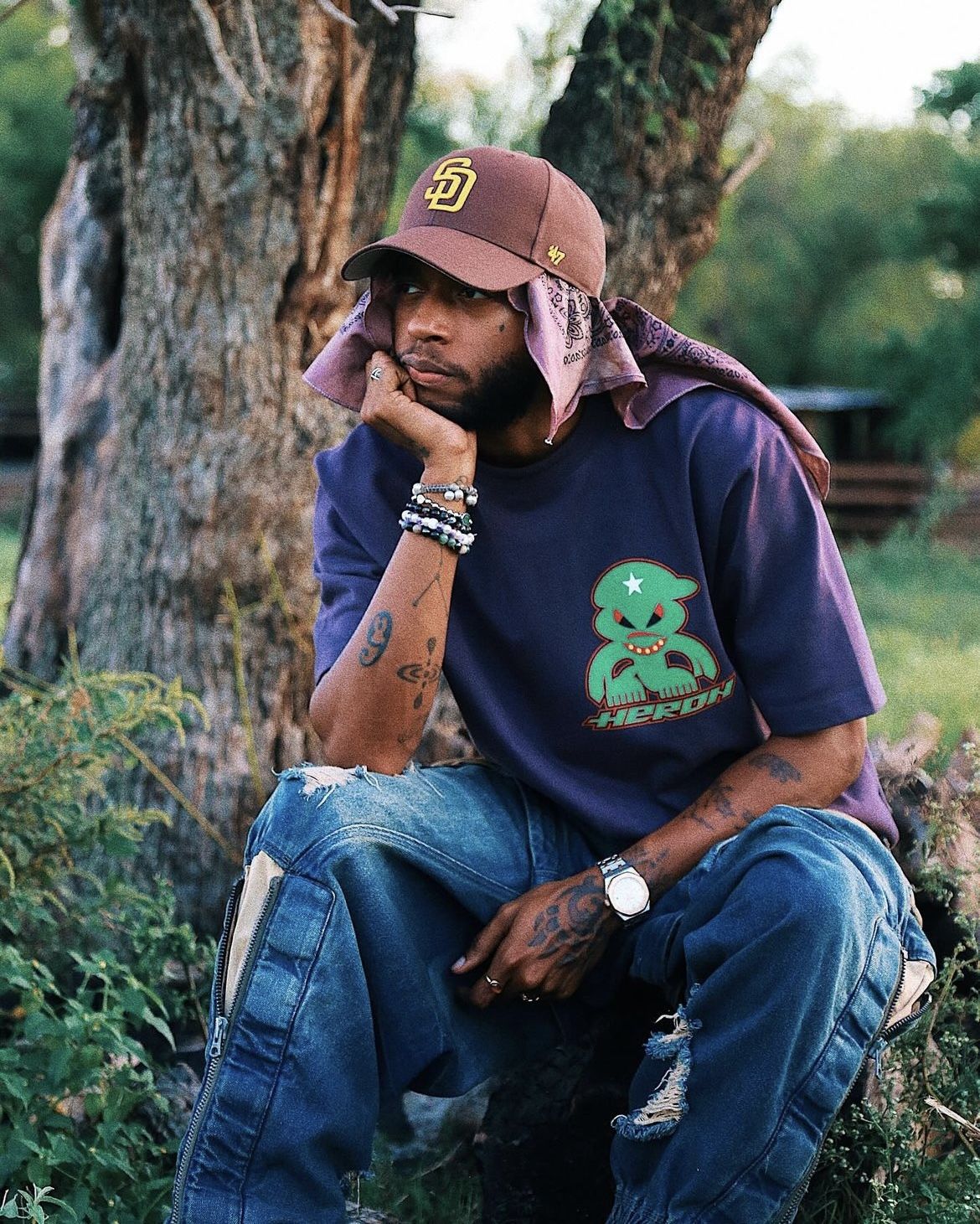Introduction
Fashion has always reflected the rhythm of civilization. From ancient ceremonial garments to couture ateliers in Paris, every century has shaped and reshaped the way humanity dresses. Yet, in the 21st century, clothing transcends fabric—it becomes a language of technology, identity, and culture. The digital age has not only accelerated consumption but also redefined elegance itself. Where once style was confined to seasonal catwalks, today it flows through online platforms, social networks, and immersive experiences that merge the physical with the virtual. This evolution of elegance is not superficial; it reveals how society negotiates creativity, sustainability, and individuality in an interconnected world.
The narrative of contemporary fashion is complex. It is an interplay of tradition and innovation, craftsmanship and artificial intelligence, exclusivity and inclusivity. This article explores the changing definition of elegance in the digital era, considering how technology reshapes clothing design, consumer behavior, environmental awareness, and cultural expression. By tracing the threads of this transformation, one begins to see that fashion is not only about garments but about redefining human connection and meaning in a rapidly shifting landscape.
Fashion as a Mirror of Digital Transformation
Style no longer evolves solely through ateliers, tailors, or physical runways. Instead, it evolves in dialogue with algorithms, data analytics, and social media influence. In the digital age, fashion mirrors transformation by weaving technology into its fabric, redefining how trends are created, shared, and consumed. Algorithms predict consumer desires before individuals articulate them, while digital platforms amplify micro-trends into global phenomena overnight.
Elegance in this era is not measured only by material luxury but also by adaptability and relevance. Designers must consider how a dress photographs under smartphone cameras, how fabrics appear in augmented reality try-ons, and how garments integrate with sustainable supply chains tracked through blockchain. Every step of fashion’s evolution reflects the broader digital transformation: speed, personalization, transparency, and interactivity. The definition of style no longer rests with elite gatekeepers but circulates through online communities, influencers, and digital-native brands.
This democratization has created both opportunities and challenges. On one hand, voices once excluded from the fashion conversation now thrive online, offering diverse perspectives on beauty, gender, and identity. On the other, the rapid pace of online trends risks diminishing craftsmanship and meaningful design. Yet even with these tensions, fashion continues to adapt, reflecting society’s digital heartbeat while pushing elegance into new forms of expression.
The Historical Roots of Elegance in Fashion
To understand how elegance is redefined in the digital era, one must first examine its historical roots. Elegance has never been static; it has always reflected social structures, cultural ideals, and technological advancements. In ancient civilizations, garments often symbolized power, spirituality, or status. Egyptian linen robes communicated purity and prestige, while Roman togas signaled citizenship and authority. During the Renaissance, intricate embroidery and sumptuous fabrics reflected wealth and artistic refinement, aligning elegance with cultural sophistication.
The industrial revolution transformed the meaning of style by democratizing access to clothing. Mass production brought fashionable silhouettes to the middle classes, while haute couture in Paris continued to refine exclusivity and artistry. Elegance became defined by both accessibility and aspiration. The 20th century further expanded the definition through cinema, photography, and music, which broadcasted style icons into everyday life. From Audrey Hepburn’s little black dress to James Dean’s rebellious leather jacket, elegance evolved as a cultural narrative shaped by media technology.
Now, in the 21st century, the digital revolution echoes the industrial transformation, reshaping production, distribution, and communication. Yet while factories once redefined accessibility, today it is data, networks, and digital tools that determine fashion’s direction. Elegance has always mirrored technological possibility, and in the digital age, that mirror reflects not only craftsmanship but also interactivity, personalization, and global reach.
Conclusion
Fashion in the digital age is no longer a linear story of seasonal collections and exclusive showcases—it is a multidimensional dialogue that spans across cultures, platforms, and technologies. Elegance, once bound to fabric, tailoring, and tradition, now incorporates data-driven personalization, digital craftsmanship, and sustainable awareness. The threads of history still weave through contemporary style, but they are interlaced with algorithms, augmented reality, and community-driven creativity.
What emerges is not a rejection of the past but an expansion of what elegance can signify. In this new landscape, fashion is about more than outward appearance; it becomes a medium through which individuals express identity, challenge norms, and connect globally. Brands no longer hold all the power—consumers, influencers, and digital creators shape aesthetics in real time. The result is a fashion ecosystem that is participatory, diverse, and constantly evolving.





Leave a comment